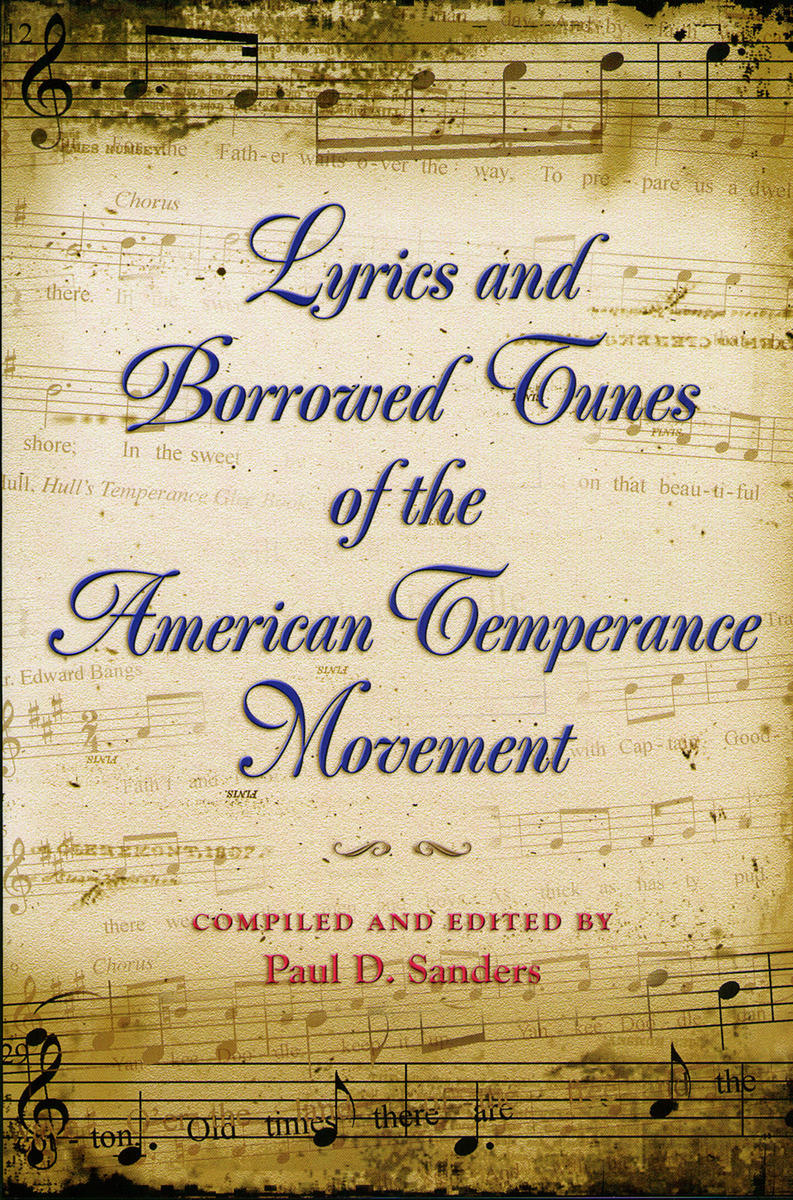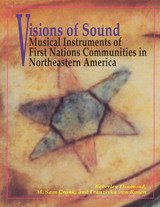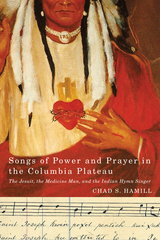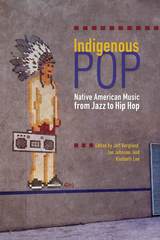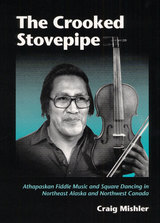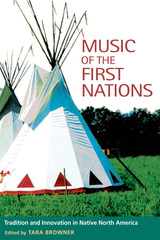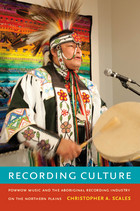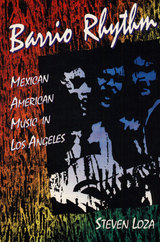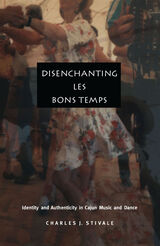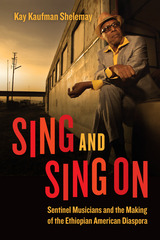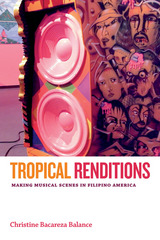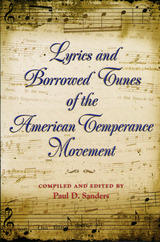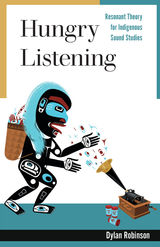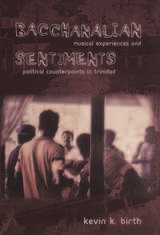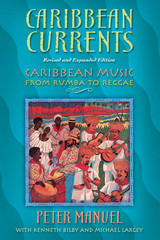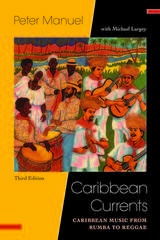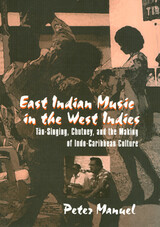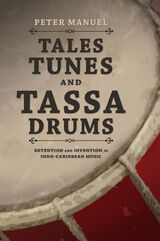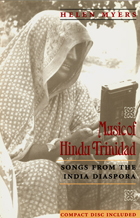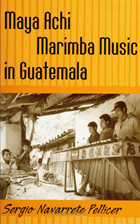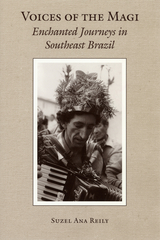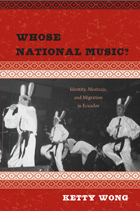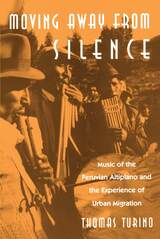Cold water is the drink for me / Of all the drinks the best, sir; / Your grog, of whate’er name it be, / I dare not for to taste, sir.
Such a lyric, sung to the tune of “Yankee Doodle,” was typical ammunition in the temperance movement’s battle against alcohol. By the 1830s, Americans drank an average of 9.5 gallons of hard liquor each year. From the 1840s until the beginning of Prohibition, well over one hundred temperance songbooks were published in which inspirational lyrics were set to mostly borrowed tunes in the hope of persuading citizens to put down the bottle.
Despite the prominent place of music in the temperance movement, little has been written about the large volume of lyrics it produced. This book, the most extensive on the subject in nearly thirty years, presents more than four hundred of those lyrics and the thirty-two melodies most often employed, from “Auld Lang Syne” to “The Star-Spangled Banner.” Paul D. Sanders has assembled the various songs the movement used into five thematic chapters: patriotic songs, hymns, traditional Scottish songs, popular songs, and Civil War songs. In each, he offers an introductory commentary, provides the music for the original song to remind readers of the tune, and then presents the temperance versions chronologically with the lyricists’ names where known.
The songs reflect the efforts of the four major temperance organizations: the Washingtonians, the Independent Order of Good Templars, the Woman’s Christian Temperance Union, and the Anti-Saloon League. And although today’s image of temperance reformers is generally that of controlling puritans, these songs show that it was a multifaceted movement with a diverse influence on American society.
While many of these songs might seem naive or even comical to modern readers, temperance workers in their day understood that music was a powerful force that could be used to sway the masses. These crusaders were sincere in their wish to eradicate the alcohol problem. Sanders’s book is a lively collection, punctuated with temperance cartoons, that shows that these persuasive songs have stories to tell us today, bringing the evolution of the movement into clearer focus than ever before.
